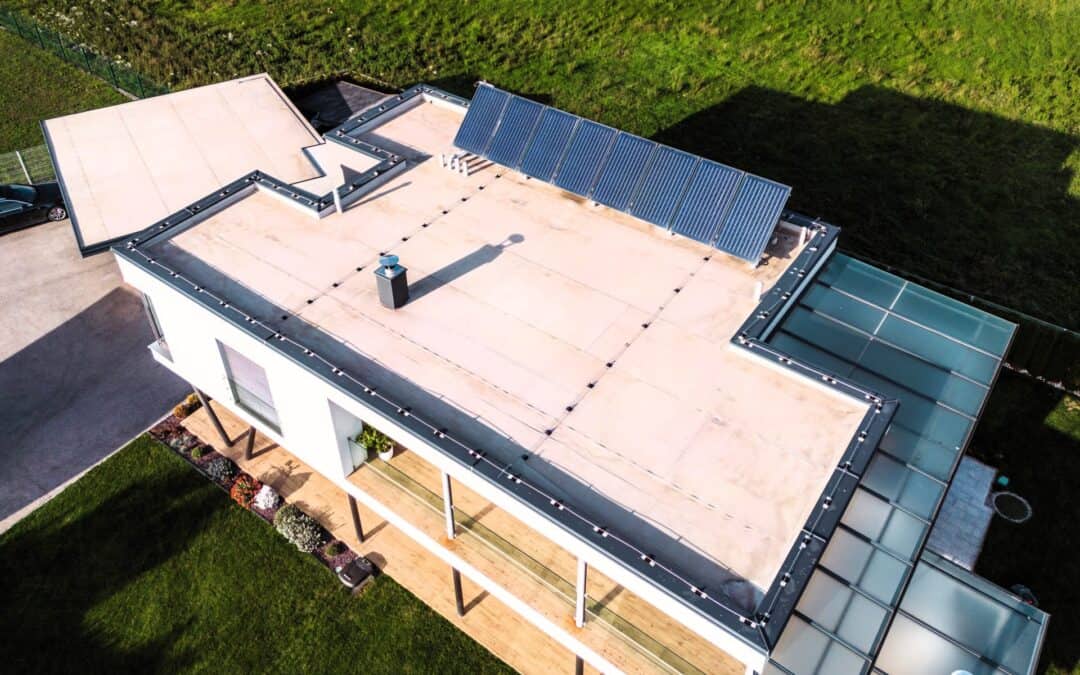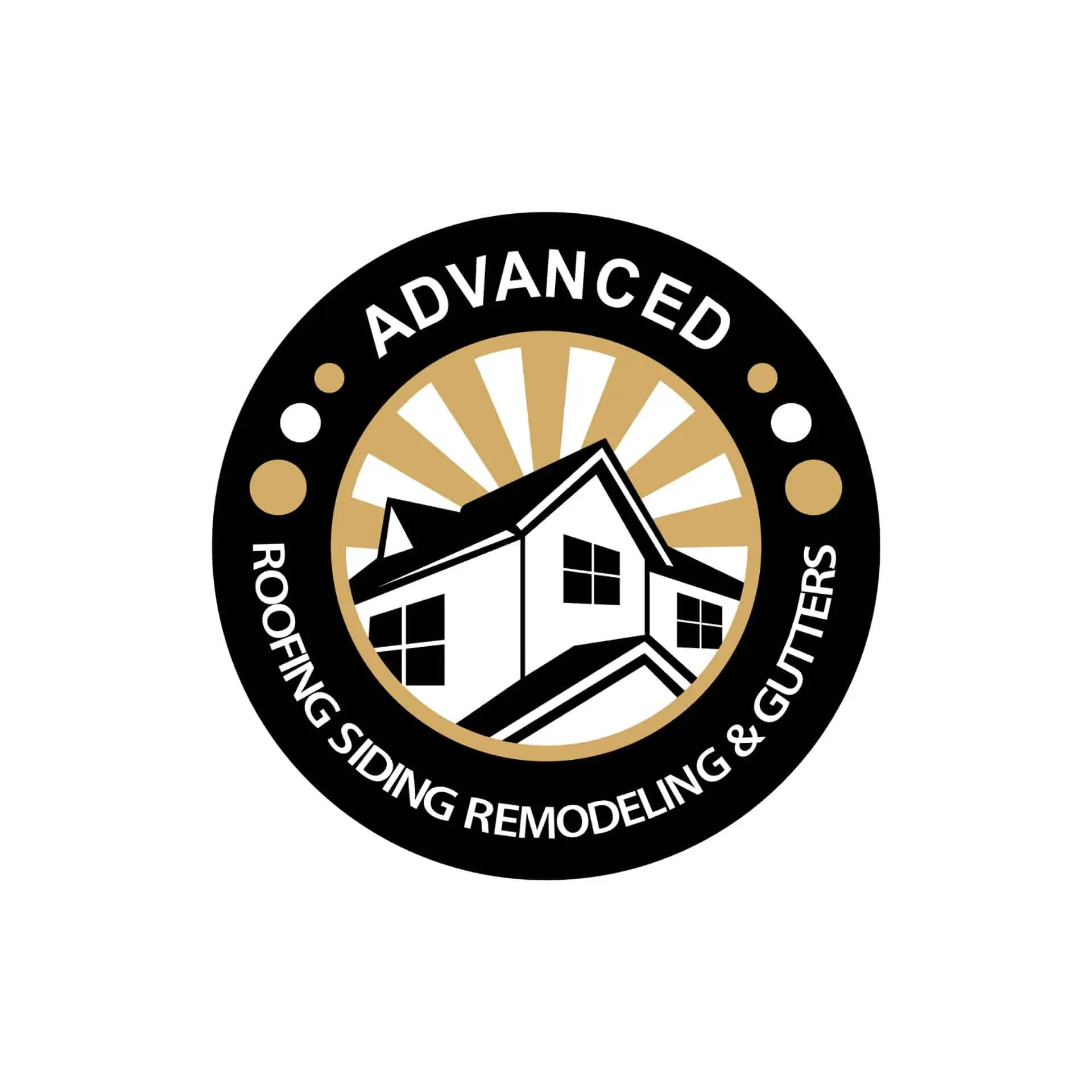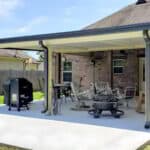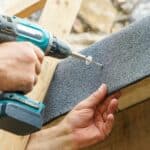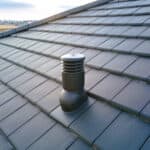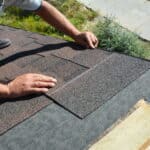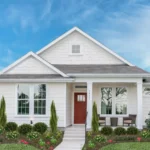Choosing between a flat and a pitched roof is a significant decision for homeowners and business owners alike, impacting everything from the architectural style of the building to its functionality and even the cost of maintenance. This guide dives deep into the pros and cons of each roof type, helping you make an informed choice that suits your needs, preferences, and local climate conditions.
Understanding Roof Types
When it comes to selecting the right roof, understanding the basics is crucial. Flat roofs are exactly as they sound—flat, with a very slight slope for water drainage. Historically, they’ve been popular in arid climates where the accumulation of water isn’t a concern. Pitched roofs, on the other hand, feature slopes and angles that give them a traditional appearance. They’re designed to efficiently shed water and snow, making them ideal for areas with heavier precipitation.
- Flat roofs offer a modern, sleek look.
- Pitched roofs are traditional and versatile in design.
- The choice often depends on climate, aesthetic preference, and functionality.
Benefits of Flat Roofs
Flat roofs are not just about the contemporary appeal; they offer several practical advantages. They are generally more cost-effective to install than their pitched counterparts, thanks to the simplicity of their design. Additionally, they provide extra space for rooftop gardens, solar panels, or HVAC units, making them a versatile choice for commercial and residential buildings.
- Cost-effective installation and repair.
- Additional usable space on the roof.
- Sleek, modern aesthetic that complements contemporary architecture.
Challenges with Flat Roofs
However, flat roofs come with their own set of challenges. The biggest concern is drainage; without the steep slopes of pitched roofs, water can pool and lead to leaks if not properly managed. Maintenance can therefore be more demanding, and the lifespan of a flat roof might be shorter than that of a pitched roof, depending on the materials used and the quality of the installation.
- Potential for water pooling and leaks.
- Requires more frequent maintenance.
- May have a shorter lifespan compared to pitched roofs.
Advantages of Pitched Roofs
Pitched roofs are beloved for their classic look and durability. They excel in draining water and snow, reducing the risk of water damage. The attic space beneath a pitched roof can be used for storage or even converted into additional living space, adding value to the property. Furthermore, pitched roofs tend to have a longer lifespan, making them a wise investment for many homeowners.
- Superior drainage capabilities.
- Additional attic space for storage or living areas.
- Longer lifespan and durability.
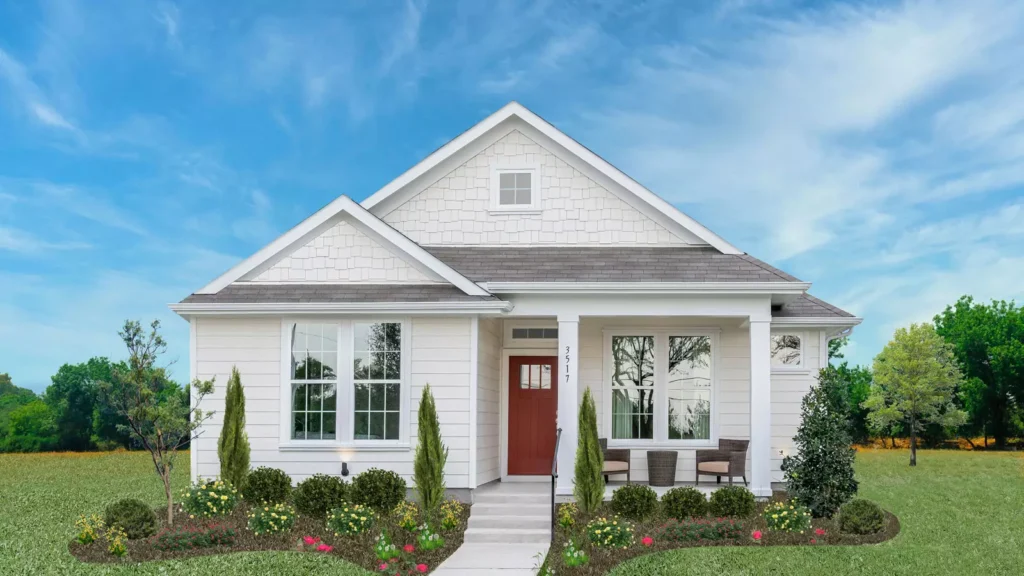
Drawbacks of Pitched Roofs
On the flip side, pitched roofs can be more expensive to install due to their complex structure and the materials required. They might not be the best fit for every architectural style, especially modern or minimalist designs that favor the clean lines of a flat roof.
- Higher initial installation and material costs.
- May not suit all architectural styles.
- Complex structure can lead to higher labor costs.
Choosing the Right Roof for Your Climate
Your local climate plays a pivotal role in determining the best roof type for your home or business. In areas prone to heavy rain or snow, a pitched roof’s superior drainage capabilities make it a clear winner. Conversely, in dry, arid regions, the simplicity and cost-effectiveness of a flat roof might be more appealing.
- Consider local weather patterns and precipitation.
- Energy efficiency and insulation properties vary between roof types.
- Professional consultation can tailor the choice to your specific needs.
Maintenance and Longevity Considerations
The longevity of your roof is directly tied to the quality of its maintenance. Regular inspections and timely repairs are crucial, regardless of the type of roof you choose. However, pitched roofs generally require less maintenance over time and are known to last longer, potentially offering better long-term value.
- Regular maintenance is key to extending the lifespan of any roof.
- Pitched roofs typically require less frequent repairs.
- The material choice significantly affects both maintenance needs and longevity.
Cost Analysis and ROI
While flat roofs may offer lower initial costs, pitched roofs can provide a better return on investment through durability and energy efficiency. Additionally, the type of roof you choose can impact your home insurance premiums and its resale value, making it important to consider the long-term financial implications of your decision.
- Initial vs. long-term costs can vary significantly between roof types.
- Energy efficiency and insulation can affect ongoing utility expenses.
- Roof type can influence home insurance rates and resale value.
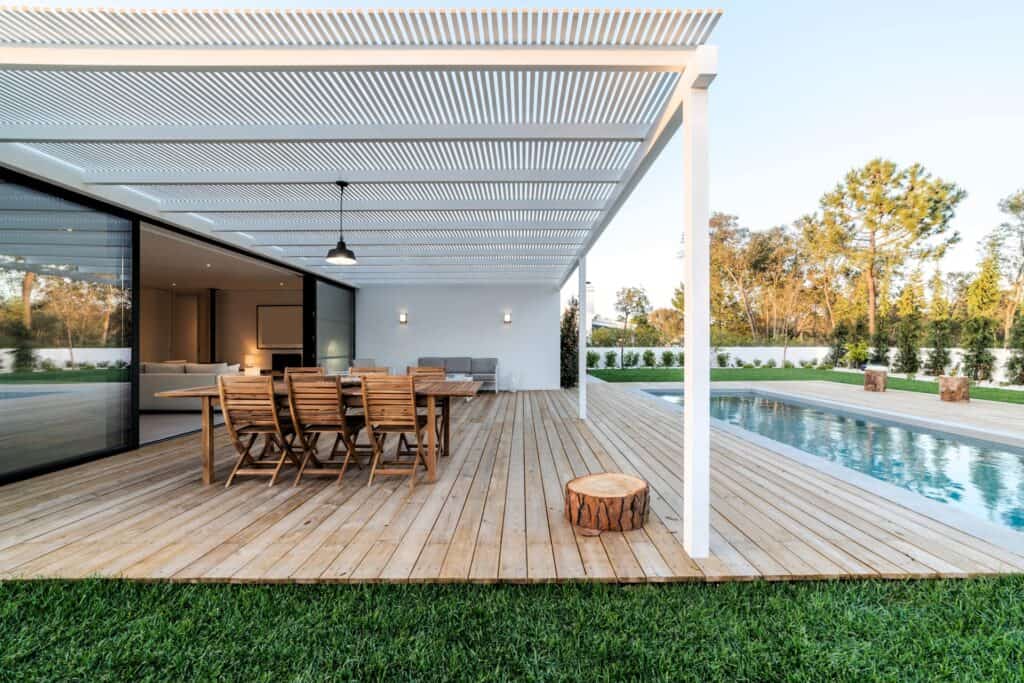
Professional Roofers’ Advice
Consulting with a professional roofer is invaluable in making the best choice for your property. They can offer personalized advice based on your home’s structure, local building codes, and climate, ensuring that your roof is not only aesthetically pleasing but also functional and compliant with local regulations.
- Expert assessment of your home’s specific needs.
- Guidance on local building codes and regulations.
- Personalized recommendations based on professional experience.
In making the choice between a flat and a pitched roof, homeowners and business owners must weigh a variety of factors, from aesthetic preferences and climate considerations to maintenance requirements and cost implications. Each roof type offers distinct advantages and challenges, making it essential to consider your long-term needs and consult with a roofing professional before making a decision.
Key Takeaways for Choosing the Right Roof
- The choice between flat and pitched roofs impacts aesthetics, functionality, and cost.
- Climate and local weather patterns are crucial considerations in selecting a roof type.
- Maintenance and longevity differ significantly between flat and pitched roofs, affecting long-term value.
- Professional advice is key to ensuring that your choice meets your needs and complies with local regulations.

